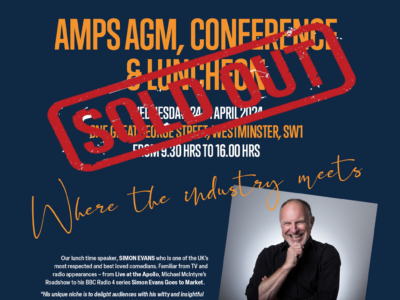“We have a close partnership with Balfour Beatty’s Energy Management Unit and following a demonstration, it became clear that a power management facility with synchronised generators would prove an ideal solution for this project due to enhanced fuel efficiency, reduced servicing costs and downtime, as well as the additional resilience of multiple sets.”
Balfour Beatty has been awarded a multi-million pound contract to build the onshore substation for Ørsted’s latest offshore wind farm, Hornsea Phase Two (HOW2) on the east coast of England.
When operational in 2022, the wind farm will supply clean electricity to over 1.3 million homes and will be the world’s largest offshore wind farm. The new onshore substation facility will transform the power produced by HOW2 before connecting to the National Grid. It is a major development in the future of the UK’s renewable industry and the project will make an important contribution towards the UK goal for renewable electricity generation.
During the construction phase, Balfour Beatty required a fuel and energy efficient means of providing power for temporary site accommodation and other equipment until a mains connection could be established on the site.
CHALLENGE
Mather+Stuart Power Solutions work closely with Balfour Beatty’s Energy Management Unit and for this project, Balfour Beatty were seeking a power management facility that would offer optimum fuel and energy efficiency in line with the sustainability principles developed by both Balfour Beatty and Danish company Ørsted, formerly known as Dong Energy.
The site comprises of multiple temporary office and welfare buildings that accommodate the Ørsted, Balfour Beatty and its sub-contractors.
As principal contractor, Balfour Beatty was responsible for supplying power to all areas of the site and wanted to avoid installing multiple generators working independently to service separate buildings, often at load during nights, weekends, and mild weather periods.
The challenge for Mather and Stuart was to provide an efficient 400kVA temporary power solution with sufficient back-up, but to provide flexible and efficient operation for times when power demand was much lower.
SOLUTION
Mather+Stuart Power Solutions developed a solution comprising the use of five 100kVA (4 + 1 standby) synchronised generator sets. These are linked to provide up to 500kva at a single supply point but individual generators can be stopped automatically as the customers load reduces. They are then automatically restarted should the demand increase.
Effectively linked as one unit, this allows the load to be reduced and offers a multitude of benefits such as improved fuel efficiency, reduced servicing costs and downtime and reduced carbon footprint.
With the current drive towards energy efficiency, the synchronised generator sets in use at Hornsea Project Two can run for prolonged periods at low loads of less than 30%, of the installed capacity which would be detrimental to a single large generator especially overnight when the temporary accommodation is unoccupied and the demand for power drops significantly.
RESULTS
Balfour Beatty are delighted with the sustainable temporary power solution developed by Mather+Stuart Power Solutions for this project, whereby the generators can run for long periods at low loads, subsequently reducing fuel consumption and enhancing carbon footprint. The project is on schedule and, once complete, will provide clean power to homes across the UK.
Compared to running separate generators dedicated to each office and welfare building, savings of 42 t.CO2 (24%) over a 3-month period of operation are forecast.
PROJECT: Hornsea Offshore Windfarm 2 (HOW2)
SECTOR: Energy
LOCATION: North Killingholme, Lincolnshire
DURATION: Site running until 2021
PRODUCTS: 5 x 100kVA Generators, 3 x 3,000 litre Bunded Tanks, Distribution Board and 3 x sets of Fuel LinesManagement Operatives on site.


